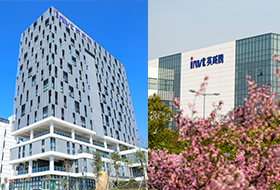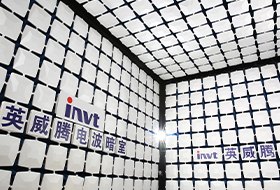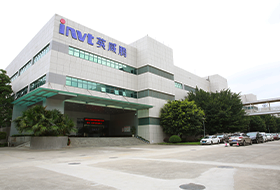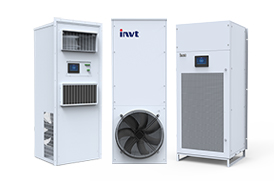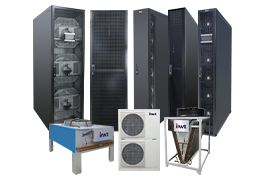How to cool down the data center in summer?
As the world becomes increasingly dependent on digital technology, data centers have become the backbone of modern society. These critical facilities store large amounts of data and operate around the clock, providing essential services to businesses, governments, and individuals alike. However, the enormous processing power in a data center generates a lot of heat, so cooling becomes a top priority, especially during the hot summer months. In this article, we'll explore effective strategies to keep data centers running efficiently and maintaining optimal temperatures to prevent downtime and ensure data integrity.
High temperatures and their consequences pose enormous challenges for data center operators, who are already struggling with day-to-day thermal management. However, there are steps businesses can take to mitigate the risks associated with extreme heat:
1. Implement efficient airflow management
Proper airflow management is critical to effectively cooling a data center. Implementing hot and cold aisle sealing is an effective technique for directing cold air to the front of server racks and exhausting hot air from the rear. This separation reduces mixing of hot and cold air, preventing recirculation and reducing the workload on the cooling system.
2. Consider various cooling systems
Precision Cooling
Precision cooling systems such as computer room air conditioners (CRACs), computer room air handlers (CRAHs) are specially designed for data centers and high temperature environments. These systems provide more precise temperature control and can be adjusted based on the heat load within the facility.
Natural cooling
Utilizing free cooling and economizers can significantly reduce energy consumption during the mild summer months. These systems use outside air to cool the data center without the need for traditional cooling methods such as chillers.
River cooling
River cooling is also a method being used at the Marseille (France) data center. Data centers typically use free cooling, which captures ambient air from the outside, usually at night, and circulates it through the facility using heat exchangers, but they also implement a breakthrough technology called river cooling.
Liquid cooling
Liquid cooling is gaining popularity as an efficient and environmentally friendly cooling method. Immersion cooling and direct-to-chip cooling solutions dissipate heat directly from server components, eliminating the need for traditional air cooling systems. These innovative technologies can significantly improve cooling efficiency and reduce energy consumption.
3. Choose energy-efficient server hardware
Choosing energy-efficient server hardware can also help with cooling optimization. High-performance, low-power servers generate less heat and therefore require less cooling. Regularly updating and maintaining server hardware ensures that data centers are running at their most efficient capacity.
4. Clean or replace the air filter
The worrying orange smog that blanketed New York City last June was a powerful visual representation of one of the most immediate and severe impacts of climate change. For data center operators, that means cleaning or replacing air filters in cooling systems and HVAC equipment. These filters help protect sensitive electronic components from airborne particles, including smoke from distant wildfires.
5. Speed up planned maintenance and service
Extreme heat and poor air quality not only threaten data center infrastructure, but also put pressure on power providers, resulting in frequent power outages. Avoid discovering system failures during such events by proactively cleaning condenser coils and maintaining refrigerant charge levels.
6. Take advantage of available productivity tools
Many modern UPS systems have an economizer mode that reduces the amount of power they draw from the grid. At a time when high temperatures are pushing the grid to its limits, any reduction in demand could mean the difference between uninterrupted service and catastrophic outages.
7. Utilize Alternative Energy
While not all data centers have access to viable alternative energy sources, those that do should utilize off-grid energy. This could include on-site or off-site solar panels or other alternatives such as off-site wind farms and lithium-ion batteries, the use of diesel generators is discouraged during high temperatures as they generate more greenhouse gases and emissions associated with climate change, rather than alternative energy backup options.

 networkpowersales@invt.com.cn
networkpowersales@invt.com.cn
